Are whole grains just another dieting trend or something more? First, let’s define what they are. Whole grains are unrefined and contain all parts of the grain, including the bran, germ and endosperm. Essentially, this means that they retain their natural nutrients — such as fiber, B vitamins and minerals — which are removed during the refining process. “Wholey” moly! Why would you choose refined products when whole grains have so much to offer? Well, taste mostly. Some people don’t love the taste. But when you choose the best types of whole grains, that might change your mind.
Your body benefits big time from whole grains. A study by researchers from Chalmers University of Technology and the Danish Cancer Society Research Center found that they can help prevent type 2 diabetes. And the best part is that the researchers found the type of whole grain food doesn’t matter! Whether you prefer rye bread, oatmeal or muesli, all offer the same protection against type 2 diabetes. However, how much you consume of your favorite whole grain foods does matter. Swedish health officials recommend 70 grams per day for women, while men should aim for 90 grams.
In another study, whole grains were shown to help people mid-50s and older maintain their blood sugar and blood pressure. Researchers from Tufts University tracked 3,100 people for more than two decades and found eating at least three servings of whole grains a day was linked to lower blood pressure and glucose levels. The presence of dietary fiber in whole grains may play a key role, as it can have a satiating effect. And the magnesium, potassium and antioxidants may help lower blood pressure. Plus, the soluble fiber in particular may help regulate post-meal blood sugar spikes.
So, which grains are the best? Well, popularity doesn’t always mean healthiest. One of the most popular grains to eat is rice. Fair warning: Don’t overdo it on rice consumption. Because no matter if your rice is white or brown, it has one thing in common — arsenic. Consuming too much arsenic can result in skin lesions, cancer, diabetes and lung diseases. Unfortunately, this water-soluble toxin seeps into rice because it grows in flooded fields unlike many other grains. That said, there’s no way to get arsenic-free rice, and you may want to choose one of the other grains to eat on the list below!
As discussed above, incorporating whole grains into your diet may mean protecting yourself against heart disease and type 2 diabetes. So, “whole grains” is definitely not just another dieting buzzword or trend. Health officials recommend these superfoods as an everyday essential. Therefore, to inspire your next meal or snack, we’ve compiled a list of the top five best whole grains, according to dieticians and wellness experts. We hope you enjoy eating them as much as your body enjoys their benefits!
The List: Best Types of Whole Grains, Most Recommended by Experts
1. Whole Oats
Oats are the GOAT (greatest of all time) in the grain world. Good Housekeeping recommends oats as a good food to keep in your house, and here’s why: “Oats are a great source of both soluble and insoluble fiber. The soluble fiber found in oats is known as beta-glucan, and it’s considered a prebiotic that can boost good gut bacteria and help to lower LDL (bad) cholesterol, reducing the risk of cardiovascular disease. It has even been shown in recent studies to be effective at lowering blood pressure.”
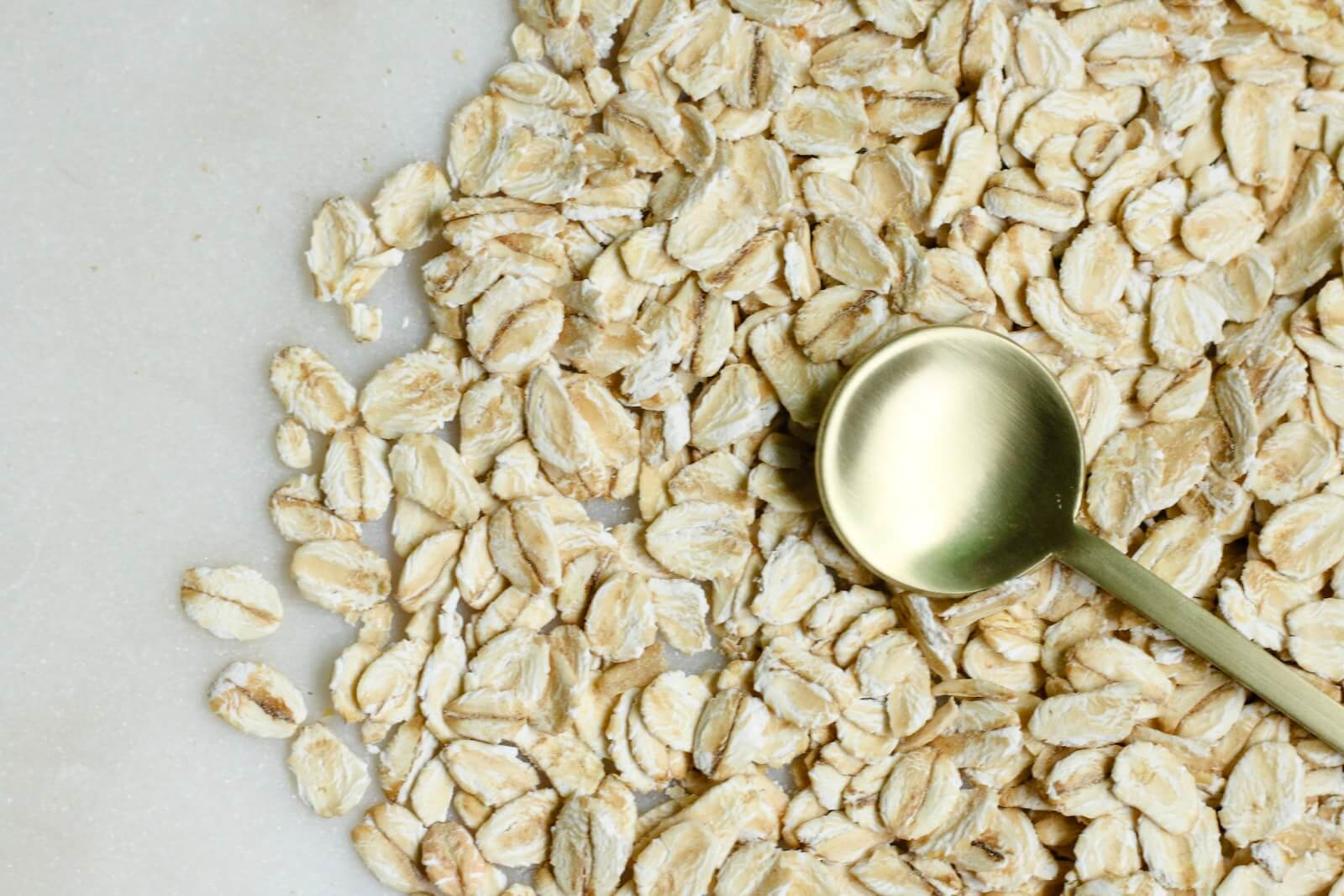
“An analysis of 28 studies discovered that diets rich in beta-glucans can lower ‘bad’ LDL cholesterol and total cholesterol. Just make sure to choose whole oats, such as steel-cut oats, oat groats and rolled oats,” Healthline suggests.
Insider ranks oats as the best whole grains of all: “Rolled oats, cooked into oatmeal, pack the most nutrients per calorie of any of the grains on this list. A half-cup of oatmeal provides 38% of your daily iron intake, 17% of your daily vitamin B6 intake, and lots of fiber, protein, and calcium. All the more reason to eat your oatmeal!”
2. Amaranth
Amaranth is a nutritional powerhouse. One of its superfood superpowers is that it’s an excellent source of L-lysine, an essential amino acid that facilitates absorption of calcium and synthesis of collagen, elastin, hormones and antibodies.
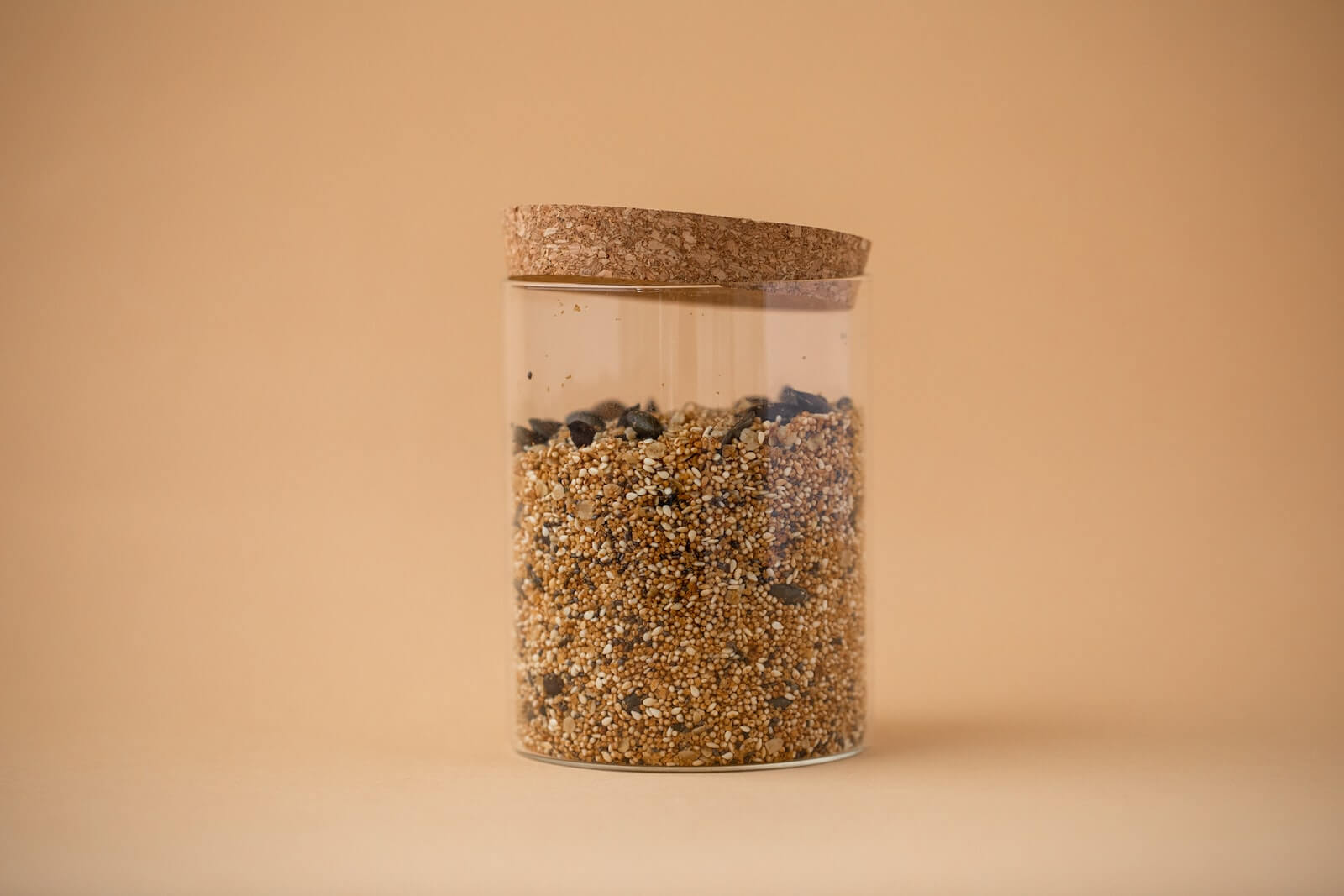
HUM Nutrition talks up this tiny but mighty grain: “Both an ancient grain and a gluten-free whole grain, amaranth is actually made up of tiny seeds that can be enjoyed in their whole form or ground up into flour. It has a mild nutty taste that can be used in sweet or savory dishes, but it’s especially popular for gluten-free baking. Health benefits: Because amaranth contains all nine essential amino acids — which isn’t common for grains — it’s a fantastic source of protein. It’s also a good source of fiber, magnesium, and iron.”
“Amaranth is high in protein and fat, and also higher in calories than a lot of other whole grains. That said, it has ‘massive’ amounts of manganese, magnesium, iron, selenium, and copper. (It may even help ward off inflammation.) Try it as a pasta substitute or to make soups thicker and more hearty,” Women’s Health writes.
3. Barley
Did you know barley is used to make vinegar? It’s also used in a variety of recipes. RealSimple writes, “Barley is traditionally served in soups, salads, grain bowls, and more. It contains a higher amount of dietary fiber than any of the other grain, plus it has an array of phytochemicals and the soluble fiber beta-glucan. These antioxidants may help to reduce bad cholesterol and build immunity.”
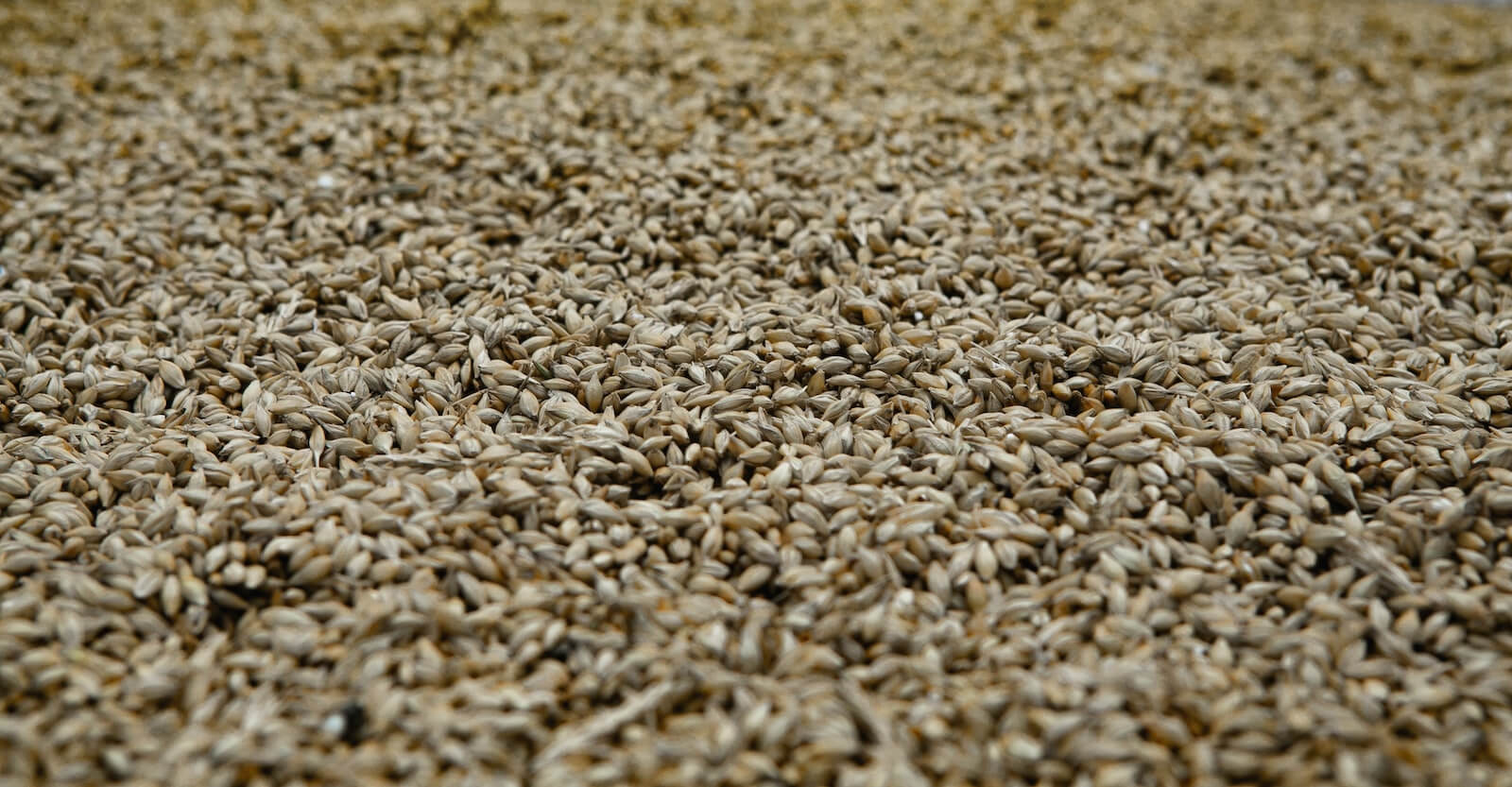
“Packed with fibre and essential minerals like selenium, copper, and manganese, Barley gives you energy as well as calms your nervous system. As it is rich in plant lignans, it stabilizes the blood pressure, reducing chances for cancer and heart disease,” AgriGate Global reports.
4. Quinoa
Fun fact: There are more than 120 known varieties of quinoa, with the white and yellow varieties being the mildest in flavor. MEL Magazine whole-heartedly recommends this grain: “Quinoa, those little pods that your vegetarian friend always forces you to eat, is very healthy, high in protein and high in fiber. Moreover, quinoa is one of the few plant foods that contain decent amounts of all nine essential amino acids, which help the body in all sorts of ways. In other words, quinoa meets essentially all of your nutritional needs.”
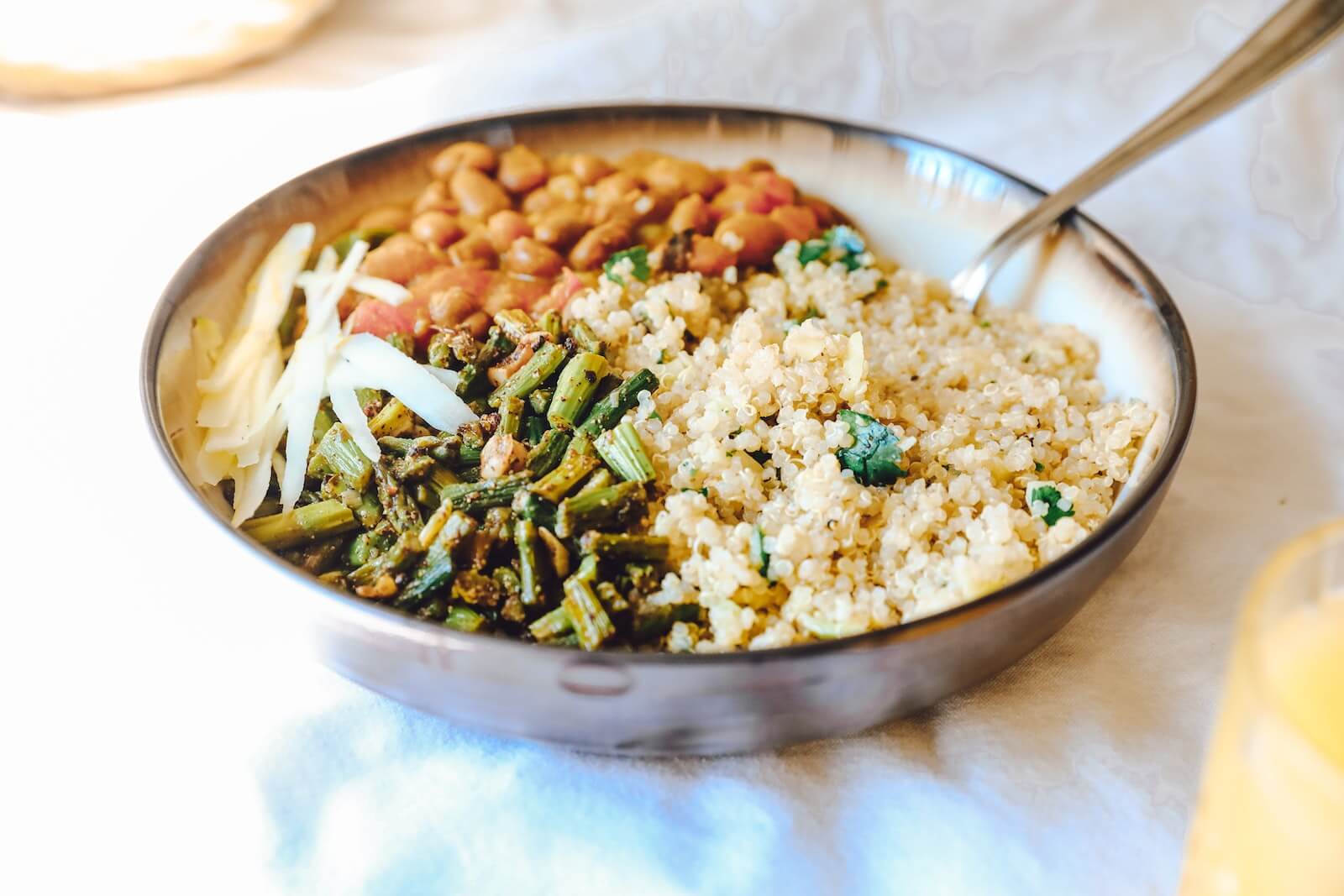
“Quinoa bowl lovers rejoice — quinoa is one of the healthiest grains out there. It is very nutrient-dense with vitamins and minerals, dietary fiber, and antioxidants, and is a complete plant-based protein. It is also gluten-free, making it a perfect ingredient for those looking for gluten-free alternatives,” Eat This, Not That! says.
5. Corn
Surprised to see corn on the list? Cooking Light explains, “Often categorized as a vegetable, corn is actually a grain. While it may attract skepticism because of its use in unhealthy products such as high fructose corn syrup, corn in its purest form is packed with antioxidants. Look for it in an assortment of colors — yellow, white, blue, and even purple.”
“Corn tends to get a bad rap, and unsurprisingly so considering it’s a staple ingredient in a lot of processed foods. But in its natural form it’s a healthy whole grain that’s packed with nutrients and antioxidants. Opt for organic on-the-cob corn if possible, then remove the kernels and add to recipes,” Skillshare suggests.
Fortunately, there are a plethora of whole grains to choose from! If refined grains are a part of your diet, swap them for some of the whole-grain foods listed above, so you can reap the many health benefits they offer.
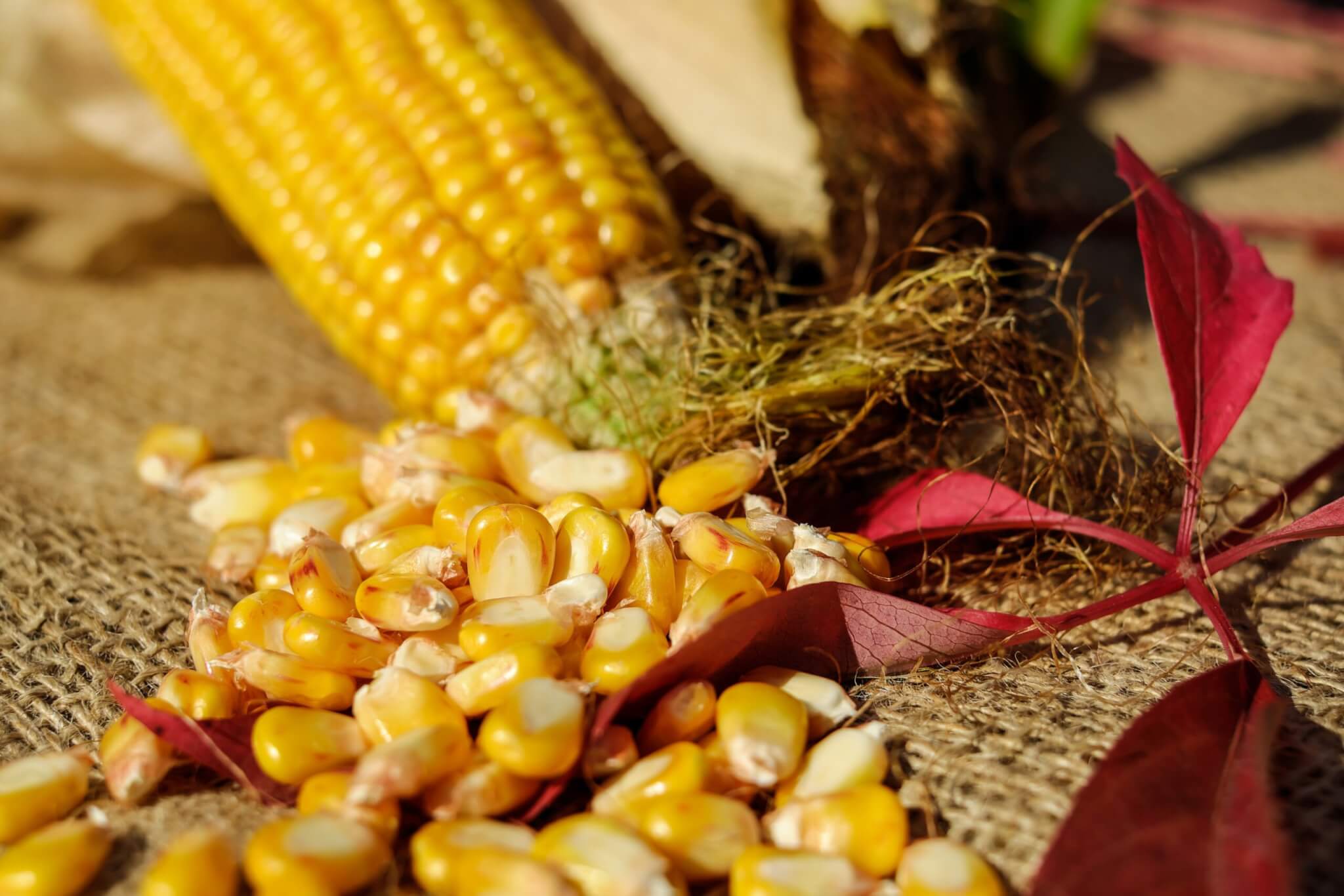
You might also be interested in:
- Best Ways to Lower Cholesterol
- Healthiest Cereal for Kids
- Best Foods for Fiber
- Best Foods for Protein
- Most Nutritious Vegetables
Sources:
- Good Housekeeping
- Healthline
- Insider
- HUM Nutrition
- Women’s Health
- RealSimple
- AgriGate Global
- MEL Magazine
- Eat This, Not That!
- Cooking Light
- Skillshare
Note: This article was not paid for nor sponsored. StudyFinds is not connected to nor partnered with any of the brands mentioned and receives no compensation for its recommendations. This post may contain affiliate links.
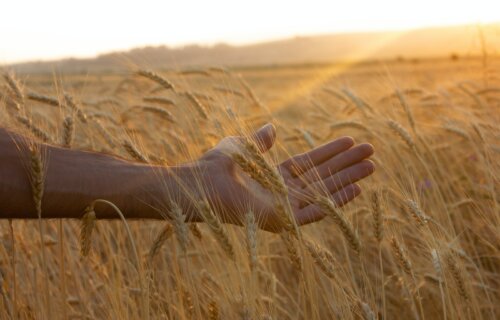
All are high in lectins, bad for glucose levels hence insulin, and corn is just simply bad for people.
En la ciudad de México que producto puedo adquirir para el cabello rizado o a dónde encuentro el producto.
Gracias